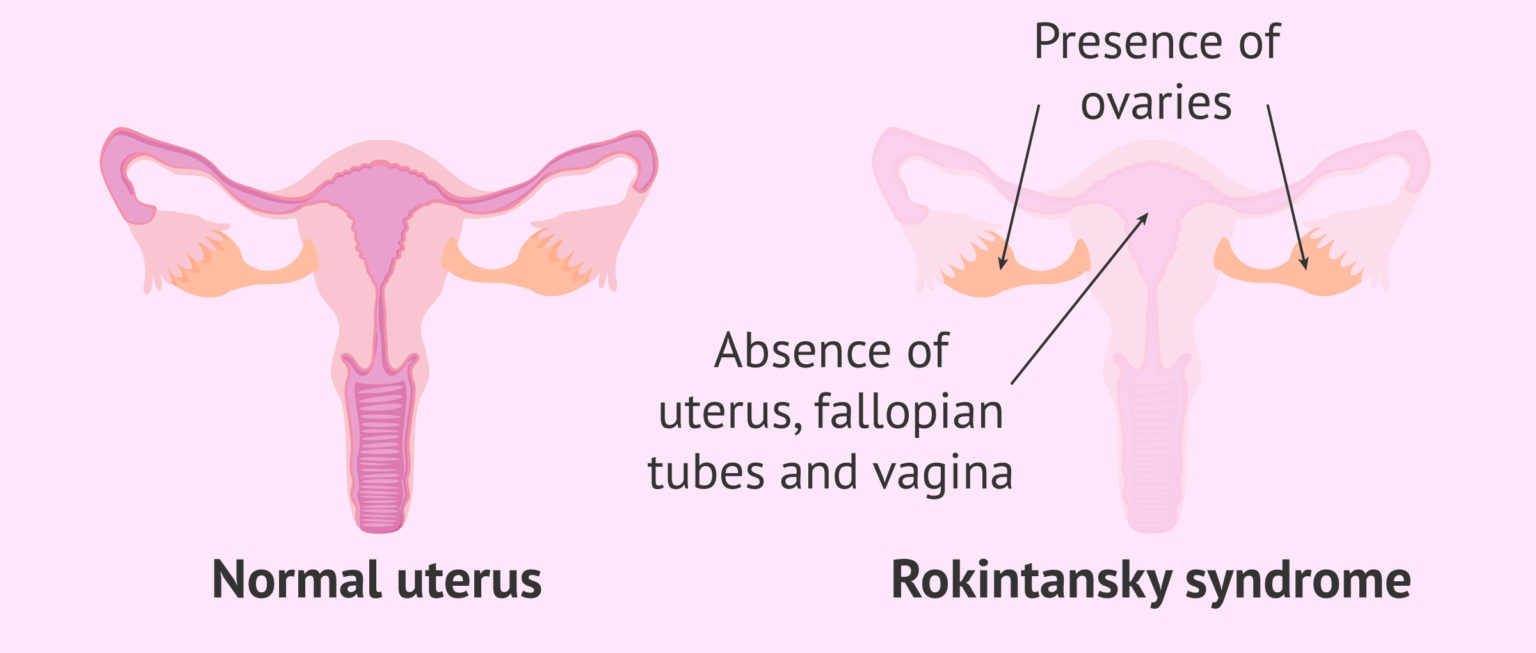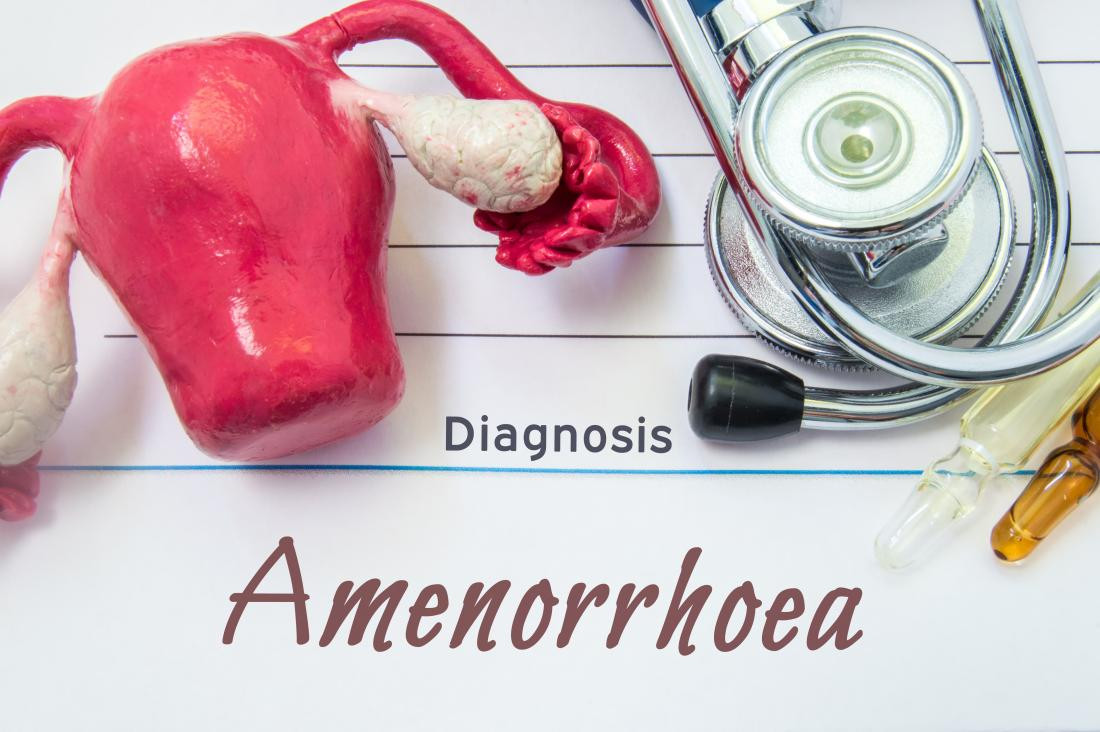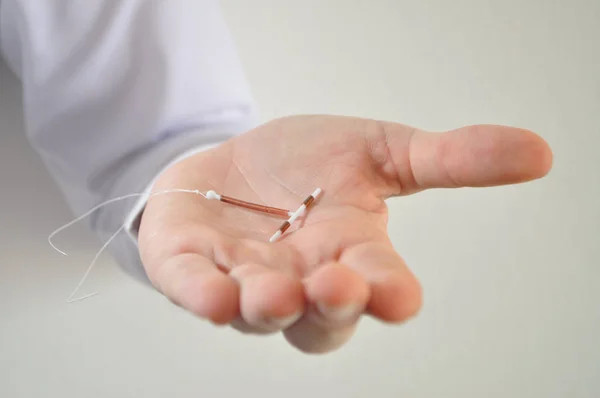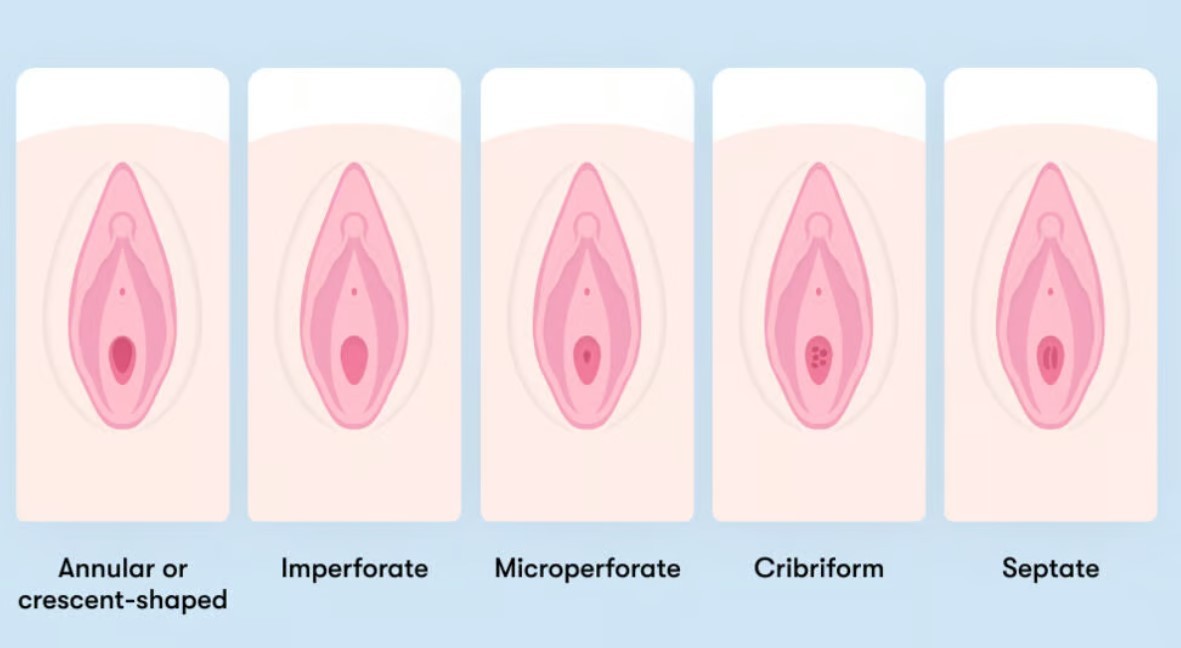Definition
Dysmenorrhea is a term used to describe pain or cramps during menstruation. The word dysmenorrhea comes from the Greek language, meaning "painful monthly bleeding." There are two types of dysmenorrhea: primary and secondary dysmenorrhea.
Primary Dysmenorrhea
The term "primary dysmenorrhea" refers to intermittent menstrual pain and is not caused by another disease. Pain usually appears at the beginning of the menstrual cycle, ranging from mild to severe. Generally, pain can be felt in the lower abdomen, lower back, and sometimes radiates to the groin and thighs.
Pain can sometimes be accompanied by other complaints such as nausea, vomiting, fatigue, or diarrhea. The intensity of menstrual pain usually decreases with age and can stop once you have been pregnant and given birth.
Secondary Dysmenorrhea
Secondary dysmenorrhea is a term used to describe menstrual pain due to certain medical conditions, resulting from abnormalities of the uterus or other reproductive organs. This type of pain generally appears later in life after previously having pain-free menstrual cycles. Menstrual bleeding that occurs can be heavy or irregular. There are many medical conditions that can cause secondary dysmenorrhea.
Although not life-threatening, dysmenorrhea is a common condition among women of reproductive age and can impact women's psychological, emotional, health, and quality of life.
Causes
The basic cause of dysmenorrhea is the inflammation caused by hormonal changes leading up to the menstrual cycle. In addition, dysmenorrhea can be caused by several medical conditions, such as:
- Endometriosis: A condition where tissue that normally lines the inside of the uterus grows outside of it, often involving the ovaries, fallopian tubes, or pelvic tissue, causing severe abdominal pain.
- Uterine Fibroids: Non-cancerous tumor growths on the uterine wall, with one of the symptoms being pain.
- Adenomyosis: A condition where uterine tissue starts to grow and spread into the uterine muscle.
- Pelvic Inflammatory Disease (PID): An infection of the pelvic organs or reproductive organs caused by bacteria leading to sexually transmitted infections.
- Cervical Stenosis: In some women, the opening of the cervix is too narrow and small, making menstrual blood flow difficult and increasing pressure inside the uterus, causing pain.
If you are interested in reading further about sexually transmitted infections, you can read them here: Sexually Infectious Infections - Definition, Cause And Risk Factors.
Risk Factor
Factors that can increase a woman's risk of experiencing dysmenorrhea include:
- Age under 30 years
- Early menarche (first period), such as at age 11 or younger
- Smoking habits
- Heavy or prolonged menstrual bleeding (menorrhagia)
- Overweight
- Never having given birth
- Depression or anxiety disorders
- Drinking alcohol during the menstrual cycle
- Family history of dysmenorrhea
Symptoms
Symptoms of pain during the menstrual cycle vary and can include:
- Lower abdominal pain that feels like stabbing
- Pain lasting 1 to 3 days before menstruation starts, peaking on the first and second days, then decreasing in intensity by the third day
- Sometimes, pain can radiate to the groin, thighs, and lower back
- Other complaints can include nausea, vomiting, bloating, diarrhea, constipation, headache, fatigue, and dizziness
Diagnosis
Medical Interview
The doctor will ask questions to determine if the menstrual pain is severe or if other medical conditions are causing the complaints. The interview will begin with questions about:
- Main complaints and other accompanying complaints.
- How long the symptoms have been present.
- Menstrual cycle history and menarche (first period) history.
- Daily activities.
- Previous medical history.
- Family history of dysmenorrhea.
Physical Examination
The doctor will perform a physical examination, including vital signs and a general body check. For sexually active women or those suspected of having another medical condition causing menstrual pain, or if pain persists despite medication, the doctor may conduct a pelvic examination using a speculum to check for abnormalities in the vagina and cervix. A small sample of vaginal fluid may be taken for examination if a pelvic infection is suspected.
Supporting Examinations
Below are supporting examinations that can be conducted to help the doctor establish a diagnosis:
- Complete blood and urine tests.
- Ultrasound (USG), which uses high-frequency sound waves to view images of the uterus, reproductive organs, and other internal organs.
- Other radiological examinations, like CT scans and MRIs if necessary, to see more detailed images of the reproductive organs.
- Laparoscopy is a procedure using a thin tube equipped with a light and lens to view the pelvic and abdominal areas, checking for conditions like endometriosis, ovarian cysts, tumors, or other diseases.
Management
The primary goal of dysmenorrhea treatment is to reduce pain so that patients can comfortably carry out their activities and improve their quality of life.
Pain Reduction
Reducing pain in dysmenorrhea patients can be done by:
- Using warm compresses on the abdomen.
- Performing muscle stretching and light exercises.
- Getting enough rest.
- Quitting smoking. Additionally, you can use over-the-counter pain relievers such as paracetamol or ibuprofen, ensuring you are not allergic to these medications and do not consume them excessively.
Contraceptive Pills
Contraceptive pills are reported to be quite effective in alleviating dysmenorrhea complaints in adolescents. However, some studies suggest these pills are not very effective. Therefore, consult your doctor first.
Treating Underlying Conditions
If your dysmenorrhea is caused by a medical condition like endometriosis or fibroids, surgical intervention may be considered. Treating the underlying disease is expected to reduce dysmenorrhea pain.
Complications
Menstrual pain can affect daily activities and productivity due to severe pain, sometimes causing fainting. Primary dysmenorrhea is not associated with complications. However, complications in secondary dysmenorrhea depend on the underlying disease.
Secondary dysmenorrhea complications may include:
- Infertility
- Pelvic organ prolapse, a condition where one or more pelvic organs drop from their normal position and protrude into the vagina
- Heavy bleeding
- Anemia or red blood cell deficiency
- Dysmenorrhea can also lead to infertility and ectopic pregnancy, especially in secondary dysmenorrhea patients
Prevention
There are no specific ways to prevent dysmenorrhea, but the following measures can help reduce the risk of menstrual pain:
- Reduce or quit smoking
- Regular exercise to reduce potential muscle cramps
- Avoid excessive alcohol and caffeine consumption
When to See a Doctor?
See a doctor immediately if you experience severe menstrual pain that does not subside after treatment and affects your daily activities. You can visit a general practitioner first, who will then determine if you need a referral to a gynecologist.
Looking for more information about other diseases? Click here!
- dr Hanifa Rahma
Cleveland Clinic - Dysmenorrhea. (2020). Retrieved 27 September 2022, from https://my.clevelandclinic.org/health/diseases/4148-dysmenorrhea#diagnosis-and-tests.
H Nagy, MAB Khan. (2021). Dysmenorrhea. Retrieved 27 September 2022, from https://www.ncbi.nlm.nih.gov/books/NBK560834/.
John Hopkins Medicine - Dysmenorrhea. (2021). Retrieved 27 September 2022, from https://www.hopkinsmedicine.org/health/conditions-and-diseases/dysmenorrhea.
Mayo Clinic - Dysmenorrhea. (2022). Retrieved 27 September 2022, from https://www.mayoclinic.org/diseases-conditions/menstrual-cramps/diagnosis-treatment/drc-20374944.
Medscape - Dysmenorrhea. (2021). Retrieved 27 September 2022, from https://emedicine.medscape.com/article/253812-overview.












